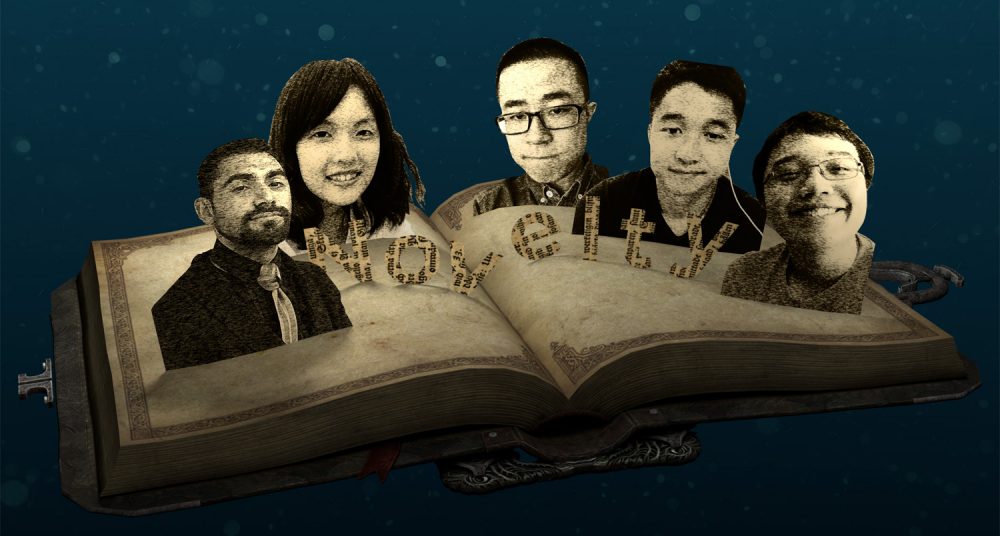BY MAI AO
After our clients conveyed their wish-list priorities, we shifted our focus from general library services to teen engagement and programs. A library can be a great public space to meet the unique needs of teens. The challenge is how to engage them and sustain their interest in coming back. For that, we consulted expert opinions online and in-person. Our online research identified quite many success stories of library teen outreach from across the country.
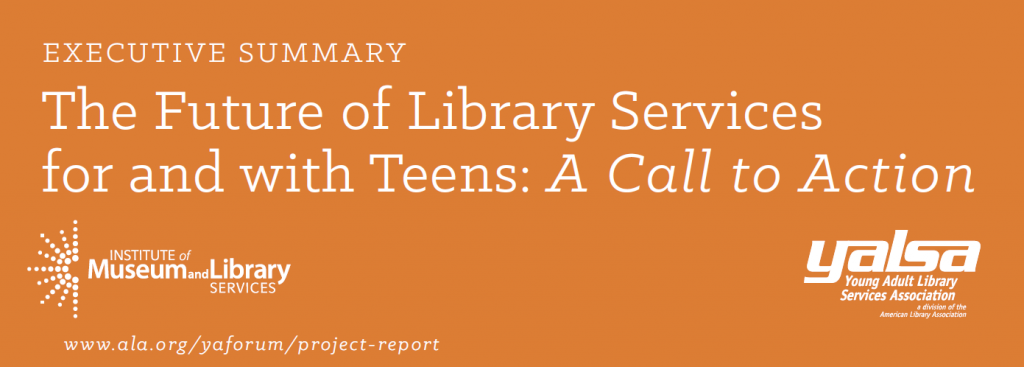
Some of the highlights include: The Mix from San Francisco Public Library, a space designed and built from the scratch involving teens every step of the way; Learning Labs, a nationwide initiative for crafting library spaces dedicated to teen learning, interest, and skill development; Young Adult Library Services Association, a division of American Library Association with incredible amount of resources and documentations on building meaningful teen engagement.
Five Youth Development Best Practices:
- Safety, so young people feel:
•Physically and emotionally secure. - Supportive Relationships, so young people can experience:
•Guidance, emotional and practical support
•Adults and peers knowing who they are and what’s important to them. - Meaningful Youth Involvement, so that young people can:
•Be involved in meaningful roles with responsibility,
•Have input into decision-making,
•Have opportunities for leadership, and
•Feel a sense of belonging. - Skill Building, so that young people can have:
•Challenging and interesting learning experiences which help them build a wide array of skills, and
•Experience a sense of growth and progress. - Community Involvement, so that young people gain:
•An understanding of the greater community, and
•A sense of being able to make an impact in their community.
— Excerpt from Learning Labs in Libraries and Museums: Transformative Spaces for Teens
Our team spread out and visited four different locations of Carnegie Library of Pittsburgh. We observed how their library spaces were organized, paying special attention to their Teen Space (they have special branding for their youth program). We also personally experienced using their their digital platform, studying their website layout, promotional method, and information accessibility. Later, we revisited and had the pleasure of speaking directly to their teen program director and coordinator. We were impressed by the rich resources and activities they offer, as well as the attention they gave to their young patrons. CLP’s Teen Spaces primarily serve the teens through their drop-in activities, and the term for this, as we learned from YALSA, was passive programming. “Nailing down certain days and times for young adult programs can be difficult and result in low in program attendance numbers. Being flexible and open to other program possibilities is always a good way of getting higher numbers to your programs.” (Getting Young Adults to Stop & Participate @ Your Library, by Antoinette Giamalva) As we spoke with the staff, teens were walking around us, checking out video equipment, recording music, playing board-games, or just hanging around and having fun with their friends.
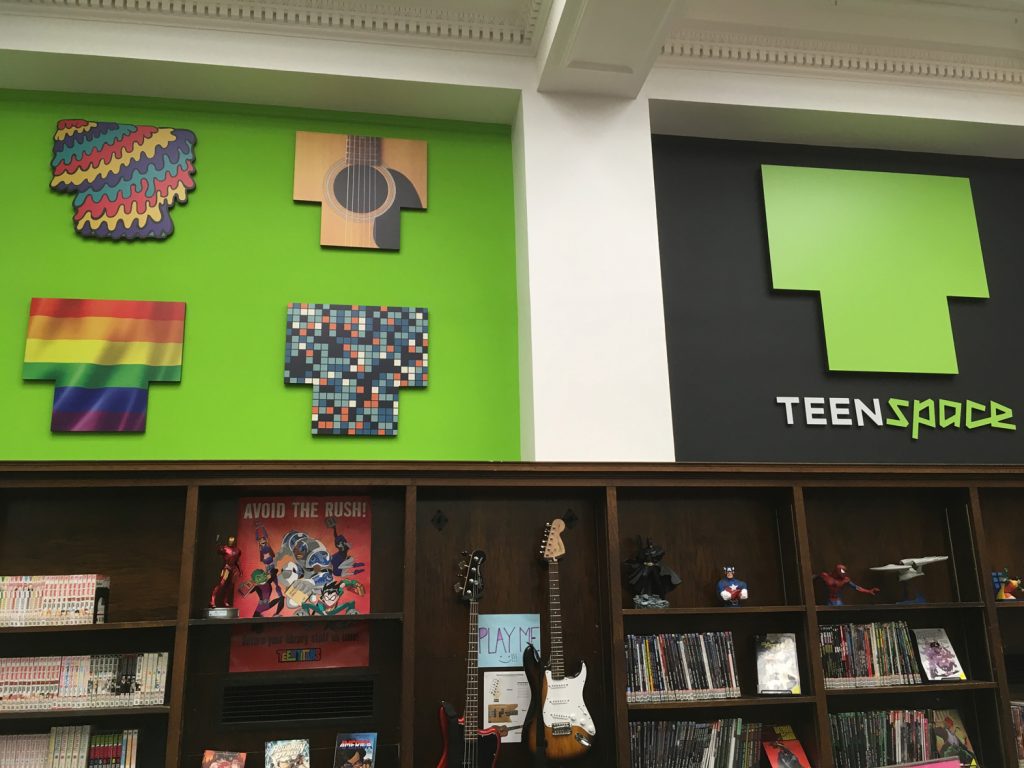
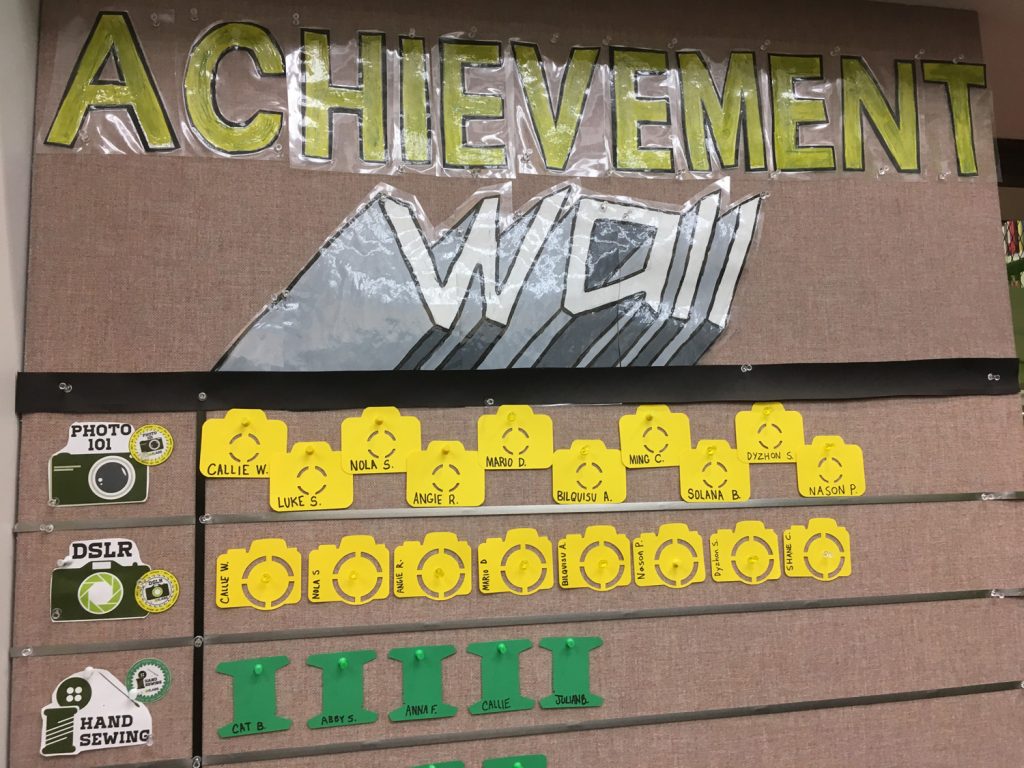
It seemed that our field trip revealed the same truth as our online research. At the heart of the mission, to bring teens to the library, is a “space” that is dedicated to them. A space is somewhere they can belong, somewhere they can have and learn while acting like teenagers. Their curiosity for knowledge cannot be decoupled with their desire for self-expression and peer recognition. It is also equally important to let the design of teen space and teen programs be driven by teens. They know what they want. And they know what they don’t want! What better way to keep them interested than having themselves be part of the initiators?
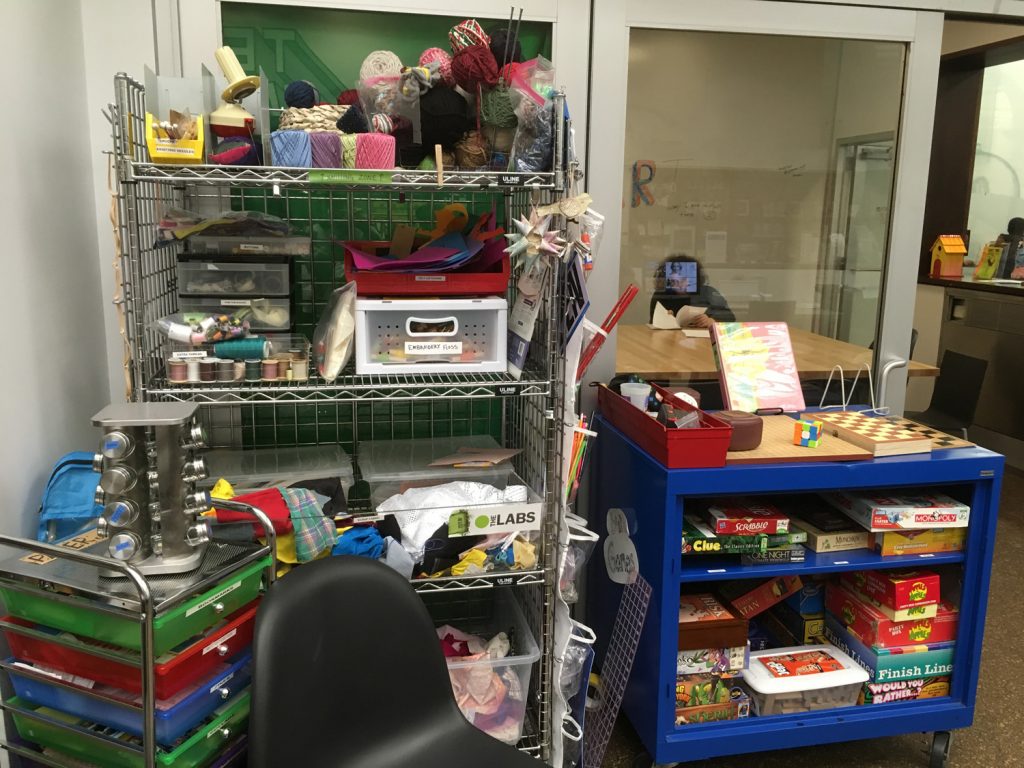
As we concluded our major research efforts, the team began several rounds of internal brainstorming, with “teen space” and “teen-driven” in mind. We thought about online platforms for teens to take ownership and initiate programs. There was the idea of building an Alternative Reality Game (akin to a scavenger hunt, with a more immersive plot) to show teens the resources of the library. Some form of interactive, customizable physical installation was also a hot idea. Of course, we being ETCers, VR gaming was not left out. As we were moving towards hunting down the most implementable, valuable idea, we also had to face many limitations. Time, funds, availability of physical space, to name a few.
We are in constant communication with our clients to look for a solution that best suits their needs and our specialties. The scope and complexity of the subject make for a challenging design task. It will surely test what we have learned in the past year and half at ETC. But like the true ETC spirit, we are up to the challenge.
